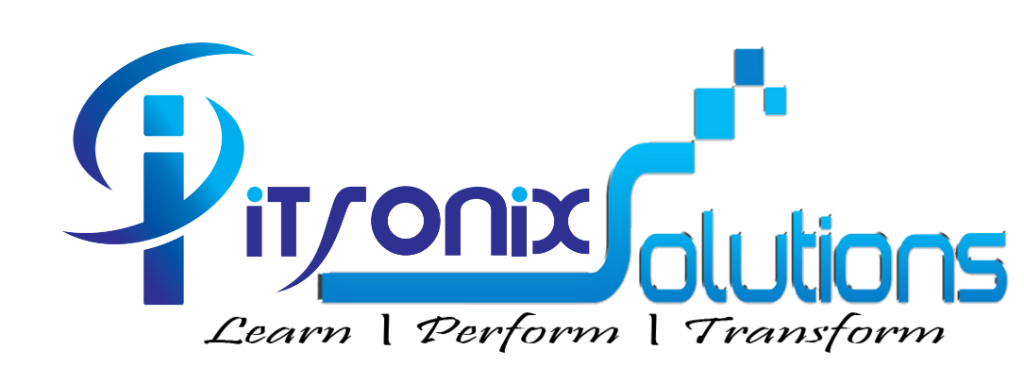Best C Programming Course Training in Jalandhar
C Programming is a powerful system programming language, high-level & general purpose programming language which is widely used for developing system programs and application. The C programming language is used for system programming such as implementing operating systems such as Windows, UNIX and Linux and embedded system applications and a variety of different applications. Features of C programming language are Reliability, Portability, Flexibility, Interactivity, Modularity, Efficiency and Effectiveness. C language is widely used in Database systems, Graphics packages, Word processors, Spreadsheets, Operating system development, Compilers and Assemblers, Network drivers and Interpreters. Here is a general outline of the modules for C programming course:
- Introduction to C Programming:
- History of C
- Structure of a C program
- Compilers and IDEs
- Writing and running your first C program
- Basic Syntax and Data Types:
- Variables and data types (int, float, char, etc.)
- Constants
- Operators (arithmetic, relational, logical)
- Input and output functions (printf, scanf)
- Control Flow:
- Conditional statements (if, else, switch)
- Loops (while, for, do-while)
- Break and continue statements
- Functions:
- Function declaration and definition
- Function prototypes
- Function parameters and return values
- Recursion
- Arrays and Strings:
- Arrays and their initialization
- Multidimensional arrays
- Strings in C
- String manipulation functions
- Pointers and Memory Management:
- Pointers and their usage
- Dynamic memory allocation (malloc, free)
- Arrays and pointers
- Pointer arithmetic
- Structures and Unions:
- Defining and using structures
- Nested structures
- Unions and their differences from structures
- File Input and Output:
- File handling in C
- Reading from and writing to files
- File operations (fopen, fclose, fread, fwrite)
- Preprocessor Directives:
- Macros
- Conditional compilation (#ifdef, #ifndef, #endif)
- Header files
- Advanced Topics (Optional):
- Enumerations
- Bitwise operators
- Typedef
- Memory management and data structures
- Best Practices and Coding Style:
- Coding conventions
- Code readability
- Debugging techniques
- Project or Lab Work:
- A hands-on project or lab exercises to apply the concepts learned in the course
- Final Assessment:
- Examinations or assignments to evaluate students’ understanding of C programming.
Why Choose us for C Programming Course Training in Jalandhar?
If you’re looking for C Programming training in Jalandhar, here are some reasons why you should choose us:
- Experienced Instructors: Our trainers are experienced professionals who have in-depth knowledge and expertise in C Programming. They have practical industry experience and can provide valuable insights and guidance throughout the training.
- Comprehensive Curriculum: Our training program covers a wide range of topics, from the basics to advanced techniques. We ensure that you receive a well-rounded education in C Programming.
- Hands-on Learning: We believe in a practical approach to learning. Our training includes numerous hands-on exercises and projects that allow you to apply the concepts you learn in real-world scenario C Programming. This practical experience enhances your understanding and helps you develop confidence in using C Programming.
- Personalized Attention: We understand that each student has different learning needs and goals. Our classes are kept small to ensure that every student receives personalized attention from the instructors. This enables us to address individual questions and provide tailored guidance.
- Industry-Relevant Techniques: Our training program focuses on teaching the latest industry-relevant techniques and best practices in C Programming. We stay updated with the latest trends and advancements in the software, ensuring that you learn the most relevant skills that can be applied in professional settings.
- Supportive Learning Environment: We strive to create a supportive and inclusive learning environment where students feel comfortable asking questions, sharing ideas, and collaborating with peers. We believe that a positive learning environment enhances the overall learning experience.
- Flexible Schedule: We offer flexible training schedules to accommodate different lifestyles and commitments. Whether you prefer weekday or weekend classes, we strive to provide options that fit your availability.
- Certification: Upon successful completion of the training, you will receive a certificate that verifies your proficiency in C Programming. This certification can be a valuable asset when seeking employment or showcasing your skills to potential clients.
- Post-Training Support: Our commitment to your success doesn’t end with the completion of the training. We provide post-training support and assistance, such as access to additional resources, online communities, and guidance on career opportunities.
- Reputation and Track Record: We have a strong reputation and a track record of delivering high-quality C Programming training in Jalandhar. Our satisfied students and their success stories are a testament to the effectiveness of our training program.
Choosing us for C Programming Course in Jalandhar ensures that you receive comprehensive, hands-on instruction from experienced professionals in a supportive learning environment. We prioritize your success and aim to equip you with the skills and knowledge necessary to excel in using C Programming. By enrolling in C Programming course in Jalandhar, you can acquire the necessary skills, learn from industry experts, and gain practical experience that will enable you to bring your creative visions to life. Take the first step towards unlocking your creative potential and enroll in a C Programming course in Jalandhar today!
One of the top C Programming training centers in Jalandhar is Itronix Solutions. With the help of our expertly crafted syllabus, you can get the best C Programming training in Jalandhar along with various course durations and reasonably priced. Students have the option of pursuing C Programming course through online or classroom training in Jalandhar. At the end of the course, we assist the students with top C Programming interview questions to help them get the best C Programming jobs and placements in top MNC’s.
